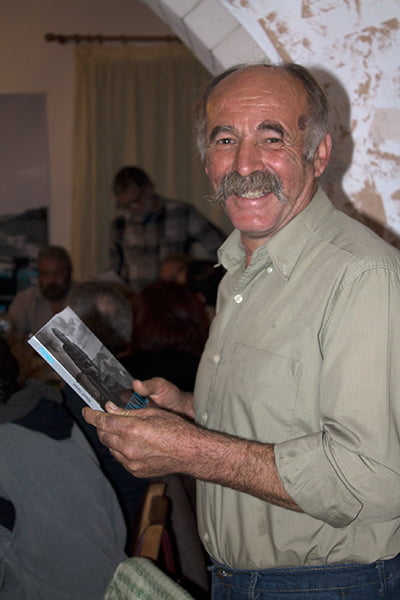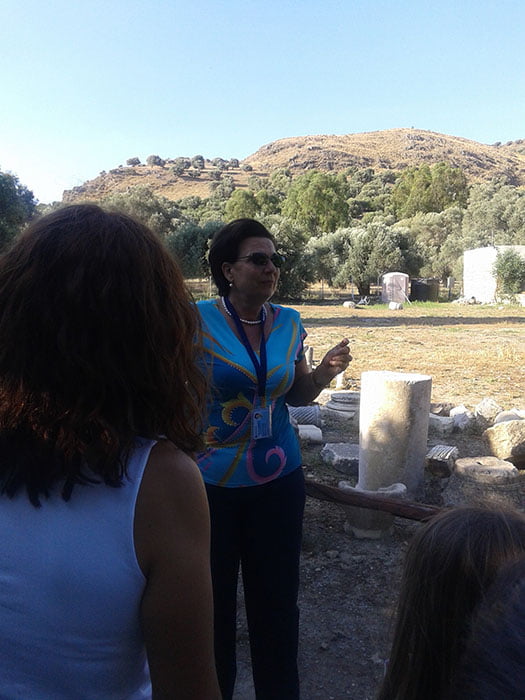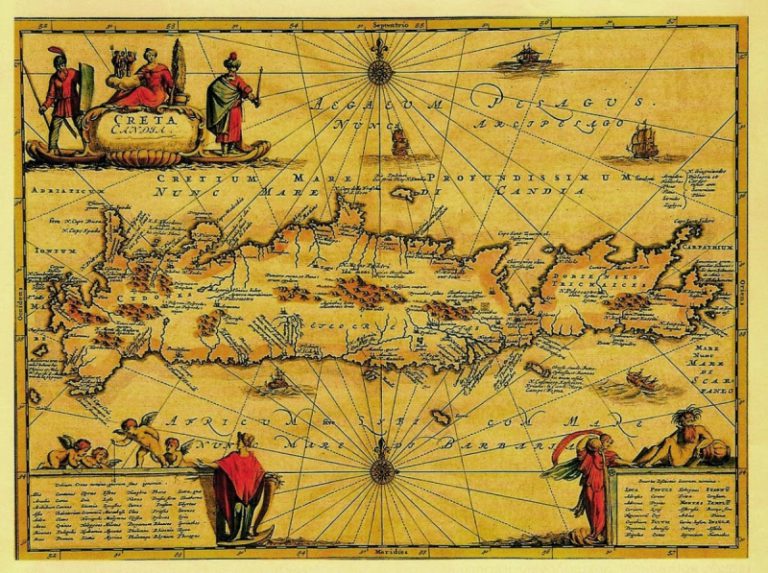“Why this village?” Visitors arriving for the first time (after getting lost several times along the way) often ask me this question, their tone expressing sometimes delight and admiration, but other times exasperation, utter dismay.

A HOME IN ALONIA
A building is not just a place to be but a way to be. (Frank Lloyd Wright)
“Why this village?”
Visitors arriving for the first time (after getting lost several times along the way) often ask me this question, their tone expressing sometimes delight and admiration, but other times exasperation, utter dismay. It’s so far away, they complain—from shops, from hospitals, from concerts and art galleries, from friends, even from English-speaking neighbors.
All true, I admit. And yet I fiercely defend our choice of this back-of-beyond hamlet on the way uphill to nowhere. It is the view, I say, the panorama stretching from the mountains above down through the hills and valleys of olive groves to the sea.
It is this very isolation that saves us from “Rooms to Let” signs or souvenir shops or tourist buses careening through our one narrow street.
It is the tiny size of this hamlet, with just 20-odd inhabitants, their names and faces and voices so familiar by now. And too the sense of their anonymous ancestors, who people my imagination. The dozen present-day houses are nondescript, I concede, concrete-block constructions embellished only by their geraniums, oleanders and bougainvillea, their trellised vines. But among them still survive a handful of centuries-old stone ruins, charming me with their arched doorways, their gaping windows, their dark rooms, deserted for decades.







